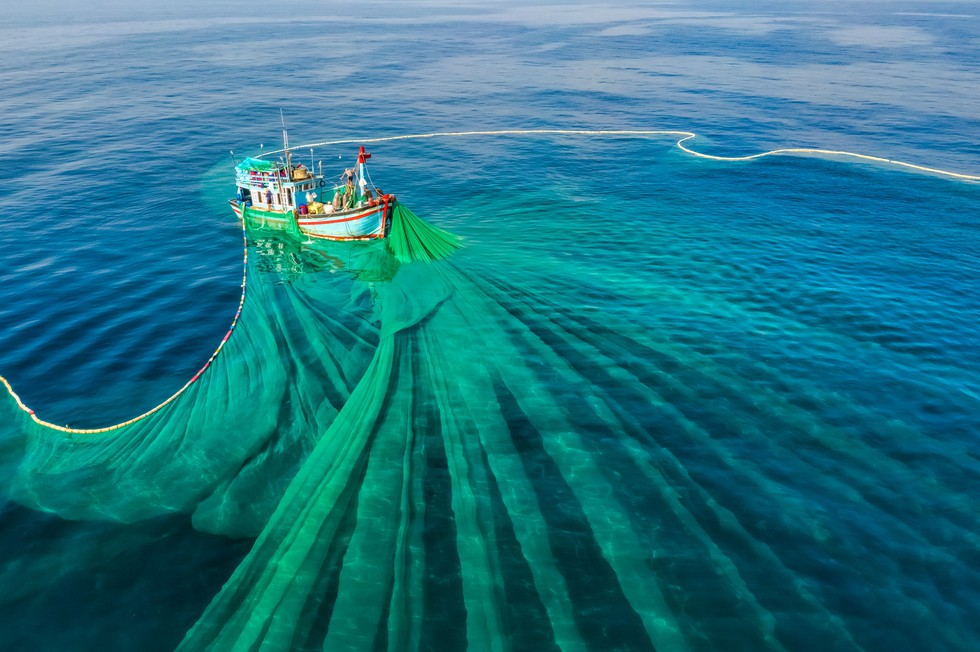About UN High Seas Treaty:
- The Biodiversity Beyond National Jurisdiction (BBNJ) Agreement , or the ‘High Seas Treaty’, is an international treaty under the United Nations Convention on the Law of the Sea (UNCLOS).
- It is the first-ever treaty to protect the world's oceans that lie outside national boundaries.
- It is also known as the ‘Paris Agreement for the Ocean.’
- It is a legally binding treaty to protect marine life in international waters.
- It sets precise mechanisms for the sustainable use of marine biological diversity through international cooperation and coordination.
- It would also contribute to achieving several SDGs, particularly SDG14 (Life Below Water).
- The treaty will enter into force 120 days after the 60th country formally ratifies the agreement.
- Features:
- It contains 75 articles that aim at protecting, caring for, and ensuring the responsible use of the marine environment, maintaining the integrity of ocean ecosystems, and conserving the inherent value of marine biological diversity.
- It aims to place 30% of the seas into protected areas by 2030 (a pledge made by countries at the UN biodiversity conference in 2022).
- It will provide a legal framework for establishing vast marine protected areas (MPAs) to protect against the loss of wildlife and share out the genetic resources of the high seas.
- It also covers environmental assessments to evaluate the potential damage of commercial activities, such as deep-sea mining.
- It will establish a Conference of Parties (CoP) that will meet periodically and enable member states to be held to account on issues such as governance and biodiversity.
- The treaty also includes a pledge by signatories to share ocean resources.
- Parties cannot claim or exercise sovereign rights over marine resources derived from the high seas and ensure fair and equitable sharing of benefits.
- It follows an inclusive, integrated, ecosystem-centric approach based on the precautionary principle and promotes using traditional knowledge and the best available scientific knowledge.
- It helps minimise impacts on the marine environment through area-based management tools and establishes rules for conducting environmental impact assessments.
What are High Seas?
- The high seas begin at the border of countries’ exclusive economic zones, which extend up to 370 km (200 nautical miles) from coastlines.
- Beyond that point, the seas are under the jurisdiction of no country, and all countries have a right to fish, ship, and do research.
- They make up more than 60% of the world’s oceans by surface area.
- Activities on the high seas are often unregulated and insufficiently monitored, leaving them vulnerable to exploitation.
